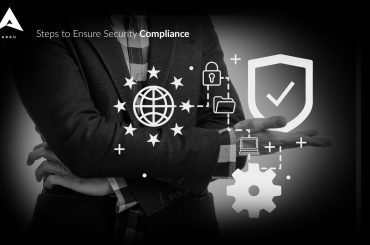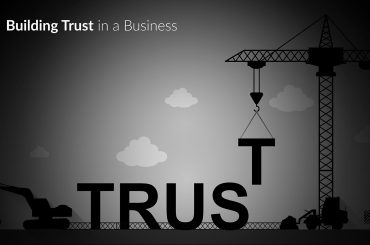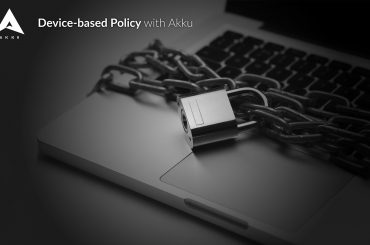Governments across the globe rely increasingly on technology today to serve their citizens better. But with the rapid evolution of technology, it is often a struggle for the different departments of government to keep up. This happens due to insufficient funds, security concerns or simply a lack of motivation to meticulously plan and implement the move.
Of these, security is the most critical consideration, since government agencies and departments are possibly the first line of defense against any cyber attack. This is especially true when it comes to government entities wanting to migrate their operations to the cloud.
Cloud Security Concerns
The United States of America has been one of the first few countries to understand the advantages and scalability that cloud computing offers and has already migrated over half of its government operations to the cloud. But what is holding back ALL governments from fully embracing the cloud? And what can be done about it?
When a cloud network is accessed remotely, the security measures kept in place at the end user’s system determines the security strength of the entire cloud network. This means that governments have to not only have iron-clad security for their data stored in the cloud but also ensure that individual devices which access the network have equally strong security protocols in place.
Solution 1: Identity and Access Management
One way to go about resolving the issue would be to decrease the complexity involved with cloud access and operations. Usually, when there are several applications hosted on the cloud, its users are required to remember several sets of credentials to access them. This leads to setting of simple passwords, which in turn leads to an easy to hack security. An Identity and Access Management or IAM solution can be deployed across the cloud network so that the users need to remember only a single set of credentials for all the applications they are authorized to use.
Another advantage of protecting your network with an IAM solution is that in case the device gets stolen or lost, it is easy to remotely delete an account, making it almost impossible for an outsider to enter your network.
Solution 2: Device and IP based Restriction
A security solution which comes with provisions for device and IP based restriction allows only access to a cloud network only from whitelisted devices and IP addresses. Any attempt to access the network from an IP address or a device that has not been explicitly whitelisted is simply rejected, and the admin of the network is notified. This serves to identify potential breach attempts, based on which improvements to cloud security measures may also be taken up.
Solution 3: Password Policy Enforcement
A cloud network’s security is only as strong as its weakest password. If a cloud network does not have a Single Sign-on solution in place, it means that every user has to remember as many passwords as the number of applications he/she is allowed to access in the cloud network. This means that for the ease of remembering the passwords, users tend to set weak and easy to hack passwords. Implementing a strong password policy will ensure that all the passwords used to access a cloud network comply with a specified minimum standard.
Cloud security solutions come in several architectures and platforms. But when it comes to critical data of a nation’s citizens, and the systems used to access that data, only the best solution is safe enough.
Akku from CloudNow is one such identity and access management solution which secures your cloud network from vulnerabilities and delivers on all the solutions described above. Get in touch with us to know more.





